¿Quieres que esquiar sea divertido y fácil para tus hijos? Elegir los esquís all-mountain adecuados es el primer paso. Los esquís más cortos, como los Snowfeet* Skiblades (65 cm, 99 cm, 120 cm), son ligeros, más fáciles de controlar y perfectos para principiantes. ¡Incluso caben en una mochila! Aquí está por qué funcionan tan bien:
- Mejor control: Los esquís cortos ayudan a los niños a girar y detenerse sin dificultad, especialmente en pistas preparadas y baches.
- Menos fatiga: El diseño ligero permite que los niños esquíen más tiempo sin cansarse.
- Flexibilidad en las botas: Usa botas de invierno normales - no necesitas botas de esquí caras.
- Transporte fácil: El tamaño compacto significa que no hay equipo voluminoso que llevar.
Conclusión clave: Ajusta la longitud del esquí al peso, altura y nivel de habilidad de tu hijo. Por ejemplo:
- ¿Menos de 50 libras? Elige 65 cm.
- ¿50–70 libras? Prueba 65–99 cm.
- ¿Más de 70 libras? Lo mejor es 99–120 cm.
Los Snowfeet* Skiblades son geniales tanto para principiantes como para esquiadores avanzados. Son seguros, portátiles y ayudan a los niños a aprender más rápido. ¿Listos para bajar las pistas? ¡Vamos a los detalles!
Cómo elegir los mejores esquís para niños
Factores clave para elegir esquís all-mountain para niños
Elegir los esquís all-mountain adecuados para niños se reduce a algunos factores clave: nivel de habilidad, tamaño y tipo de terreno que enfrentarán. Los esquís correctos pueden hacer una gran diferencia en cuánto disfruten y controlen en las pistas.
Nivel de habilidad, altura y peso
El nivel de habilidad del niño juega un papel importante en la elección de los esquís adecuados. Mientras que el consejo tradicional suele sugerir esquís más largos, los más cortos son mucho más fáciles de manejar, especialmente para principiantes.
Por ejemplo, si tu hijo pesa entre 60 y 80 libras y mide alrededor de 4'2", se recomiendan esquís en el rango de 110 a 130 cm. Sin embargo, opciones más cortas como los Snowfeet* Skiblades de 99 cm pueden ofrecer giros más precisos y control más fácil. Para niños más pequeños de menos de 50 libras, el modelo Snowfeet* de 65 cm es perfecto para ganar confianza en las pistas. Si tu hijo ya pasó la etapa de principiante y está listo para más velocidad y desafíos, el modelo Snowfeet* de 120 cm ofrece un gran equilibrio entre control y rendimiento.
Ten en cuenta que los esquís más pesados pueden cansar rápidamente a los niños y dificultar los giros. Ahí es donde opciones ligeras como los Snowfeet* Skiblades brillan: son más fáciles de manejar y menos fatigantes. Y no asumas que los niños más altos necesitan automáticamente esquís más largos; incluso un principiante alto puede encontrar que los esquís más cortos son más indulgentes y fáciles de manejar.
Pero el tamaño no es el único factor. Cómo se desempeñan los esquís en diferentes terrenos es igual de importante.
Rendimiento en el terreno
La mayoría de los niños comienzan aprendiendo en pistas preparadas, pero los esquís all-mountain deben estar listos para manejar una variedad de condiciones: POWDER, baches e incluso alguna que otra visita al parque de terreno. Los esquís más largos de marcas tradicionales a veces pueden sentirse torpes y difíciles de manejar en estas situaciones.
En pistas preparadas, el diseño compacto de los Snowfeet* Skiblades hace que girar sea rápido y fácil, ayudando a los niños a ganar confianza. Mientras algunas marcas fabrican esquís específicos para niños con patrones de flexión más suaves, a menudo se mantienen en longitudes más largas, que pueden ser más difíciles de controlar para los jóvenes esquiadores.
En POWDER, la idea de que necesitas esquís más largos para mejor flotación no siempre aplica para los niños, especialmente principiantes. Esquís más cortos como los de Snowfeet* ofrecen a los esquiadores ligeros mejor control y reducen la posibilidad de que las puntas se enganchen de forma impredecible.
Para baches y terrenos irregulares, los esquís más cortos son un cambio radical. Facilitan mucho que los niños manejen los baches y naveguen por condiciones de nieve complicadas. Muchas marcas tradicionales se mantienen con esquís más largos para niños, lo que puede ser un desafío para las piernas pequeñas al maniobrar en nieve variable.
Los Snowfeet* Skiblades ofrecen versatilidad en todo tipo de nieve. Ya sea que tu hijo esquíe en pistas heladas, POWDER profundo en un resort del Oeste, o nieve primaveral blanda, la longitud más corta y el rendimiento constante hacen que el aprendizaje sea más suave y divertido.
Guía de tallas: Encontrar el ajuste correcto
Conseguir los esquís del tamaño correcto es clave para mantener a tu hijo seguro y feliz en las pistas. Mientras que los adultos suelen beneficiarse de esquís más largos, los niños se adaptan mejor a opciones más cortas y fáciles de manejar que se ajusten a su tamaño y habilidades en crecimiento.
Uso de medidas estadounidenses para altura y peso
Para encontrar los esquís adecuados, comienza midiendo la altura de tu hijo (en pies y pulgadas) y el peso (en libras). Haz que se pare derecho contra una pared sin zapatos para medir la altura y usa una báscula de baño para el peso.
El peso influye más en el rendimiento del esquí que la altura, por lo que es importante ser preciso. Por ejemplo, un niño que mide 3'6" y pesa 40 lbs necesitará esquís mucho más cortos que uno que mide 4'8" y pesa 85 lbs. Un niño alto pero ligero de 7 años podría tener dificultades con esquís largos, mientras que un modelo Snowfeet* de 99 cm ofrece mejor control y facilita el aprendizaje.
Aquí tienes una guía rápida basada en el peso:
- Menos de 50 lbs: Esquís alrededor de 65 cm funcionan mejor.
- 50–70 lbs: Esquís en el rango de 65–99 cm son una opción sólida.
- Más de 70 lbs: Esquís entre 99 y 120 cm, según el nivel de habilidad.
Estas medidas te ayudan a elegir una longitud de esquí que coincida con las habilidades de tu hijo y garantice una experiencia más fluida en las pistas.
Longitudes recomendadas de esquís según el nivel de habilidad
Una vez que tengas las medidas, ajusta la longitud del esquí al nivel de habilidad de tu hijo. Los modelos Snowfeet* son un gran ejemplo de cómo el tamaño puede adaptarse a los jóvenes esquiadores.
- Principiantes: Para niños que recién comienzan o con unos 10 días de experiencia esquiando, los esquís más cortos son la mejor opción. Incluso un principiante de 4'6" encontrará más fácil aprender con esquís más cortos. Los Snowfeet* Skiblades de 65 cm son perfectos para principiantes más pequeños, mientras que el modelo de 99 cm funciona bien para niños más grandes.
- Esquiadores intermedios: Si tu hijo puede enlazar giros y detenerse con confianza, está listo para esquís un poco más largos. Los modelos Snowfeet* de 99 cm y 120 cm ofrecen más estabilidad y velocidad sin perder el control necesario para ganar confianza.
- Esquiadores avanzados: Para niños que se sienten cómodos en todo tipo de terreno, los Snowfeet* Short Skis de 120 cm ofrecen un gran equilibrio entre rendimiento y control. Estos esquís son más ligeros y responden mejor que muchos esquís tradicionales para niños, que a menudo son solo versiones más pequeñas de modelos para adultos.
| Peso del niño | Rango de altura | Principiante | Intermedio | Avanzado |
|---|---|---|---|---|
| Menos de 50 lbs | 3'0" - 4'0" | Snowfeet* de 65 cm | Snowfeet* de 65–99 cm | Snowfeet* de 99 cm |
| 50–70 lbs | 3'8" - 4'6" | Snowfeet* de 65–99 cm | Snowfeet* de 99 cm | Snowfeet* de 99–120 cm |
| Más de 70 lbs | 4'2" - 5'0" | Snowfeet* de 99 cm | Snowfeet* de 99–120 cm | Snowfeet* de 120 cm |
Las condiciones de la nieve también importan. En la nieve dura y helada típica de los resorts del este de EE. UU., los esquís más cortos ofrecen mejor control de los cantos. Por otro lado, la nieve suave y en POWDER común en los resorts del oeste de EE. UU. combina bien con el diseño ligero de los modelos Snowfeet*, facilitando la maniobrabilidad para los niños.
A diferencia de muchos fabricantes tradicionales que simplemente reducen los esquís de adultos para niños, Snowfeet* prioriza diseños que son más ligeros y manejables para los jóvenes esquiadores. Este enfoque cuidadoso ayuda a los niños a mantener el control y progresar más rápido.
sbb-itb-17ade95
Por qué los esquís cortos Snowfeet* son mejores para niños
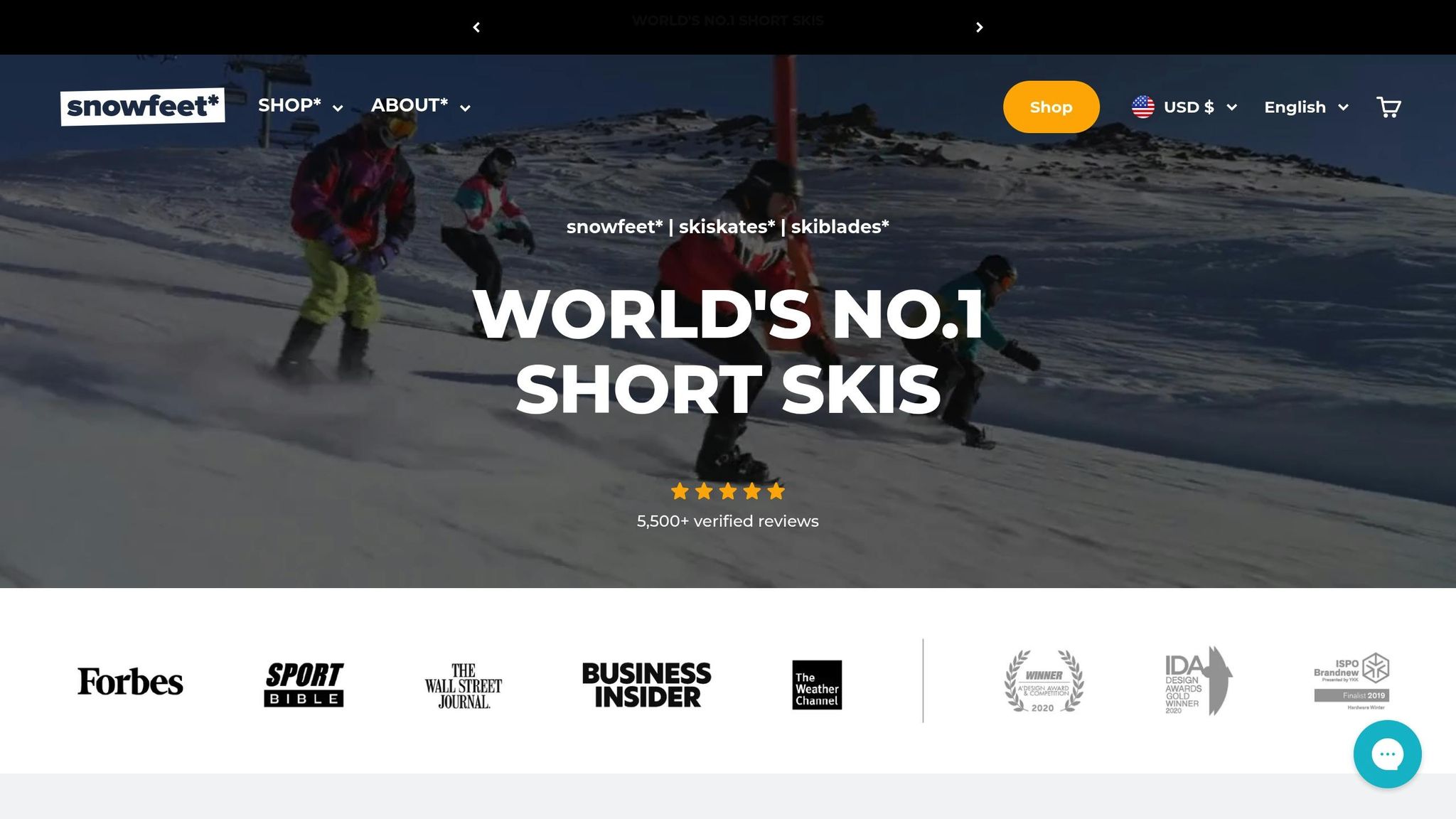
Cuando se trata de equipo de esquí para niños, los esquís cortos Snowfeet* destacan por todas las razones correctas. A diferencia de los esquís tradicionales, que a menudo son solo versiones reducidas de modelos para adultos, Snowfeet* está diseñado específicamente pensando en los jóvenes esquiadores. Veamos por qué son una excelente opción.
Portabilidad y diseño ligero
Una de las mayores ventajas de los esquís cortos Snowfeet* es lo fáciles que son de transportar. Los esquís tradicionales para niños pueden ser voluminosos, a menudo requieren portaequipajes en el techo, bolsas de esquí sobredimensionadas u otro equipo para transportarlos. Los Skiblades Snowfeet*, en cambio, miden solo 65 cm y caben perfectamente en una mochila estándar. Esto los convierte en un sueño para familias en movimiento: sin complicaciones extras, sin espacio adicional necesario. Además, su tamaño compacto ayuda a los niños a llegar más rápido a las pistas, sin la lucha de cargar con equipo pesado.
Fáciles de usar, más rápido de aprender
Los esquís cortos Snowfeet* hacen que aprender sea muy fácil. Su tamaño más pequeño significa que los niños no necesitan tanta fuerza ni control como con esquís más largos. En lugar de luchar con equipo sobredimensionado, los jóvenes esquiadores pueden concentrarse en dominar giros enlazados y ganar confianza. ¿El resultado? Pasan menos tiempo aprendiendo y más tiempo divirtiéndose en las pistas.
Seguridad y control
La seguridad es una prioridad, y Snowfeet* cumple. La longitud más corta hace que estos esquís sean más fáciles de maniobrar, permitiendo giros y paradas rápidas. Un centro de gravedad más bajo ayuda a los niños a mantener el equilibrio, mientras que la capacidad de respuesta de los esquís a pequeños movimientos permite recuperaciones más suaves tras caídas. En comparación con los esquís tradicionales, Snowfeet* ofrece una experiencia más segura y controlada que ayuda a reducir el riesgo de lesiones.
Snowfeet* vs Marcas tradicionales de esquís
Aquí hay una comparación rápida para mostrar cómo Snowfeet* se compara con los esquís tradicionales:
| Característica | Snowfeet* Short Skis | Marcas tradicionales de esquís |
|---|---|---|
| Portabilidad | Cabe en una mochila, fácil de transportar | Voluminoso, a menudo requiere portaequipajes o bolsas para esquís |
| Peso | Ligero y apto para niños | Más pesados y difíciles de manejar |
| Velocidad de aprendizaje | El diseño más corto favorece un progreso más rápido | Los esquís más largos tardan más en dominarse |
| Maniobrabilidad | Giros rápidos y paradas fáciles | Requiere más fuerza y técnica |
| Seguridad | Menor riesgo de lesiones con mejor equilibrio | Esquís más largos pueden provocar caídas más fuertes |
| Compatibilidad con botas | Funciona con zapatos de invierno normales, botas de snowboard o botas de esquí | Requiere botas de esquí especializadas |
| Almacenamiento | Compacto, cabe en espacios pequeños | Necesita áreas de almacenamiento más grandes |
| Costos de viaje | El tamaño compacto evita cargos extra por equipaje | El equipo voluminoso puede generar cargos adicionales |
Compatibilidad versátil con botas
Una de las características más geniales de Snowfeet* es su flexibilidad con el calzado. A diferencia de los esquís tradicionales que a menudo requieren botas de esquí especializadas y costosas, Snowfeet* funciona perfectamente con zapatos de invierno normales, botas de snowboard o botas de esquí. Esto significa que las familias pueden evitar las molestias y el costo de alquilar o comprar equipo extra.
Diversión más allá de la estación de esquí
Snowfeet* no es solo para estaciones de esquí. Gracias a su diseño ligero y duradero, los niños pueden usarlos en cualquier lugar donde haya nieve, ya sea en el patio trasero, una colina local o un parque nevado. Esta versatilidad significa más oportunidades de diversión, sin importar dónde estés. Para las familias que buscan equipo de esquí seguro, práctico y económico, los esquís cortos Snowfeet* son un cambio total de juego.
Consejos prácticos para padres
Elegir el equipo adecuado para tu hijo no tiene que ser complicado. Snowfeet* ofrece productos diseñados para jóvenes esquiadores, haciendo el proceso sencillo y divertido.
Elegir el modelo Snowfeet* adecuado
Adapta el equipo a la experiencia de tu hijo. Para principiantes de 4 a 8 años, los Snowfeet Mini Ski Skates (38 cm) son una opción fantástica a $150. Su tamaño compacto los hace fáciles de manejar, ayudando a los niños a desarrollar equilibrio y confianza. Son perfectos para divertirse en el patio trasero o en pendientes suaves.
Ten en cuenta la altura y el nivel de habilidad. Si tu hijo tiene entre 8 y 12 años y ha dominado los giros básicos, los Snowfeet PRO (50 cm) a $199 son una opción inteligente. Estos vienen con fijaciones ajustables para acomodar pies en crecimiento y ofrecen una progresión más suave en comparación con los esquís junior tradicionales de marcas como Rossignol o K2.
Para esquiadores jóvenes avanzados, los Skiblades (65 cm), desde $450, ofrecen un buen equilibrio. Siguen siendo más cortos que los esquís estándar para todo terreno, pero proporcionan suficiente superficie para carving e incluso pequeños saltos en parques de terreno.
Piensa en dónde esquiarás. Para pistas preparadas en resorts como Vail o Park City, cualquier modelo Snowfeet* funcionará bien. Si buscas días de POWDER, el Snowfeet POWDER (99 cm) a $490 es una mejor opción. Estos manejan la nieve profunda con facilidad mientras siguen siendo más ligeros y manejables que los esquís tradicionales para powder.
Mantén tu presupuesto en mente. Los productos Snowfeet* funcionan con botas de invierno normales, ahorrándote entre $200 y $400 en botas de esquí especializadas de marcas como Salomon o Lange. Eso es una gran ventaja para las familias que buscan reducir costos.
Prueba el peso y el equilibrio. Haz que tu hijo sostenga cada modelo para ver cuál se siente manejable. Esto asegura que pueda manejar los esquís cómodamente, incluso durante esas inevitables caídas mientras aprende.
Una vez que hayas elegido el modelo adecuado, enfócate en la seguridad y el mantenimiento para aprovechar al máximo tu inversión.
Consejos de seguridad y mantenimiento
Inspecciona las fijaciones antes de cada uso. Las fijaciones Snowfeet* deben quedar ajustadas pero no demasiado apretadas. Asegúrate de que las correas estén planas y las hebillas encajen de forma segura. Estas fijaciones son lo suficientemente simples para que los padres las ajusten sin necesidad de un técnico de esquí.
Elige botas con buen soporte para el tobillo. Las botas sueltas pueden deslizarse dentro de las fijaciones, así que opta por botas de invierno ajustadas. Las botas de snowboard, si ya las tienes, combinan especialmente bien con Snowfeet*.
Enseña a los niños a caer de forma segura. La longitud más corta de Snowfeet* ayuda a que los niños caigan de manera más predecible que con esquís largos. Aun así, es buena idea mostrarles cómo caer de lado, manteniendo las manos al frente para evitar enganchar los bordes.
Cuida el equipo. Regularmente encera las bases con cera Snowfeet* (desde $6) para mantenerlas lisas y protegidas. Guarda los esquís en un lugar seco durante la temporada baja y revisa las correas por desgaste antes de cada nueva temporada. El diseño simple de Snowfeet* hace que estas tareas de mantenimiento sean rápidas y fáciles.
Espera un progreso rápido. Muchos niños aprenden giros básicos en Snowfeet* en solo unas pocas bajadas, mucho más rápido que los días que puede tomar con esquís tradicionales. A medida que crece su confianza, puedes introducir terrenos más desafiantes.
Empaca ligero para los viajes de esquí. Gracias a su tamaño compacto, los productos Snowfeet* caben fácilmente en una bolsa de mano, ayudándote a evitar las tarifas de equipaje de las aerolíneas y el problema de perder equipo. La mayoría de los modelos incluso caben en una mochila estándar.
Replantea las lecciones de esquí. Aunque muchos instructores de esquí están familiarizados con los esquís cortos y skiblades, no todos tienen experiencia con Snowfeet*. Sin embargo, el diseño de Snowfeet* acelera el proceso de aprendizaje, reduciendo a menudo la necesidad de lecciones costosas que pueden costar $100 o más por día.
Conclusión: Tomando la decisión correcta para la diversión y la seguridad
Elegir los esquís adecuados no tiene que ser complicado. Los esquís cortos Snowfeet* ofrecen muchas ventajas, haciendo que los deportes de invierno sean más divertidos y accesibles para los jóvenes esquiadores.
A diferencia de marcas tradicionales de esquís como Rossignol, K2 y Salomon, que a menudo se inclinan por esquís más largos que pueden resultar abrumadores para los principiantes, Snowfeet* se enfoca en la facilidad de uso. Sus esquís más cortos ofrecen mejor maniobrabilidad y control, ayudando a los niños a aprender a girar más rápido y ganar confianza en las pistas. Además, su diseño ligero reduce la fatiga, para que los niños puedan concentrarse en mejorar sus habilidades sin sentirse agotados.
La longitud más corta de los esquís Snowfeet* crea un entorno indulgente para el aprendizaje. Son menos propensos a enganchar un canto o desequilibrar a los niños, permitiéndoles recuperarse rápidamente y seguir divirtiéndose.
Más allá del rendimiento y la seguridad, los esquís Snowfeet* fomentan la creatividad y la aventura. Mientras que marcas como Atomic y Völkl se enfocan más en corredores adultos con diseños orientados al rendimiento, Snowfeet* prioriza lo que los niños necesitan más: un equipo fácil de manejar, menos intimidante y que les ayuda a progresar más rápido. Su tamaño compacto también los hace súper portátiles: algunos modelos incluso caben dentro de una mochila normal.
Con opciones como los Mini Ski Skates de $150 y los Skiblades de $450, puedes elegir el equipo que mejor se adapte a las necesidades de tu hijo mientras aseguras que se mantenga seguro y se divierta al máximo.
Comenzar con Snowfeet* puede inspirar un amor por el esquí para toda la vida. Equipa a tu hijo con Snowfeet* y míralo deslizarse por las pistas con confianza, alegría y seguridad.
Preguntas frecuentes
¿Cómo hacen los Snowfeet* Skiblades que sea más fácil para los niños aprender a esquiar en comparación con los esquís tradicionales?
Los Snowfeet* Skiblades son un cambio total para los niños que están aprendiendo a esquiar. Son más cortos, ligeros y fáciles de manejar comparados con los esquís tradicionales, lo que significa menos intimidación y más diversión. Su tamaño compacto da a los niños mejor control, facilitando girar, detenerse y sentirse seguros en las pistas.
Porque son tan ligeros y manejables, los Snowfeet* Skiblades permiten a los niños concentrarse en aprender lo básico sin la molestia de equipos voluminosos. Esto hace que el aprendizaje sea más fluido, reduce la frustración y ayuda a despertar un amor genuino por el esquí y las aventuras invernales.
¿Cómo elijo el mejor modelo Snowfeet* según el nivel de habilidad y el entorno de esquí de mi hijo?
Para elegir el mejor modelo Snowfeet* para tu hijo, comienza considerando su altura, peso y experiencia esquiando. Los modelos más cortos (38–120 cm) son ideales para principiantes y niños más pequeños porque son más fáciles de controlar y equilibrar. Snowfeet* están diseñados para ser ligeros y simples de usar, lo que los convierte en una opción fantástica para niños que están empezando en las pistas.
También considera dónde esquiará tu hijo. Snowfeet* son súper versátiles: funcionan genial en pistas preparadas, en parques de terreno e incluso en POWDER ligero. A diferencia de los esquís o tablas tradicionales, Snowfeet* son compactos y portátiles, dando a los niños mejor control y haciéndolos más seguros y fáciles de manejar mientras aprenden. Estas características hacen de Snowfeet* una forma divertida y práctica de ayudar a los jóvenes esquiadores a ganar confianza.
¿Son los esquís cortos Snowfeet adecuados para diferentes condiciones de nieve, y cómo se comparan en POWDER versus pistas preparadas?
Los esquís cortos Snowfeet son una excelente opción para jóvenes esquiadores, gracias a su adaptabilidad a diferentes condiciones de nieve. Rinden mejor en pistas preparadas, donde su tamaño compacto destaca. El diseño facilita controlar tus movimientos, hacer giros rápidos y tallar suavemente, perfecto para principiantes e intermedios que quieren enfrentar una variedad de terrenos.
En POWDER ligero, estos esquís son fáciles de maniobrar y se manejan bien. Sin embargo, podrían no ofrecer el mismo nivel de flotación que los esquís tradicionales más largos al enfrentarse a POWDER profundo. Dicho esto, su construcción ligera y portátil los convierte en una opción divertida y segura para niños, ya sea que estén deslizándose sobre nieve compacta o probando en POWDER más ligero.
Entradas Relacionadas del Blog
- Elegir Esquís para Niños: Guía de Tallas 2025 y Principales Consejos de Compra
- Tallas de Esquí Juvenil Simplificadas: Consigue el Ajuste Perfecto para Niños en Crecimiento
- ¿Son los Esquís Usados una Buena Opción para Principiantes o Niños? Qué Tener en Cuenta
- Cómo Elegir Esquís para Niños que Crecen Rápidamente (Consejos Inteligentes para Comprar)

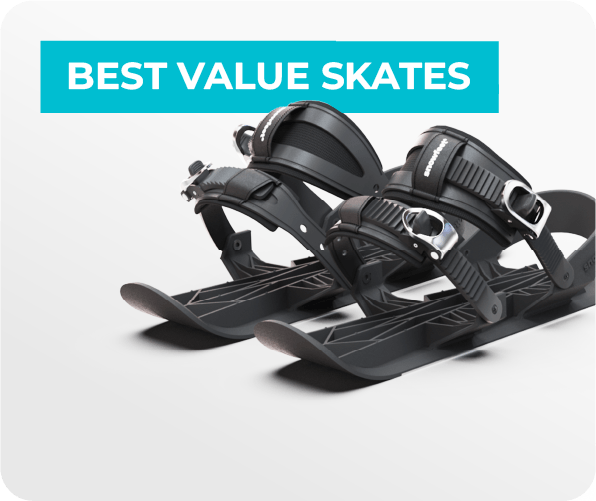



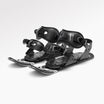
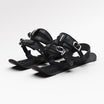
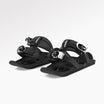
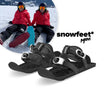
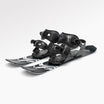
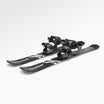

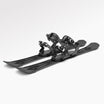
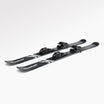
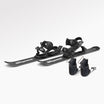





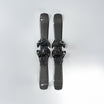
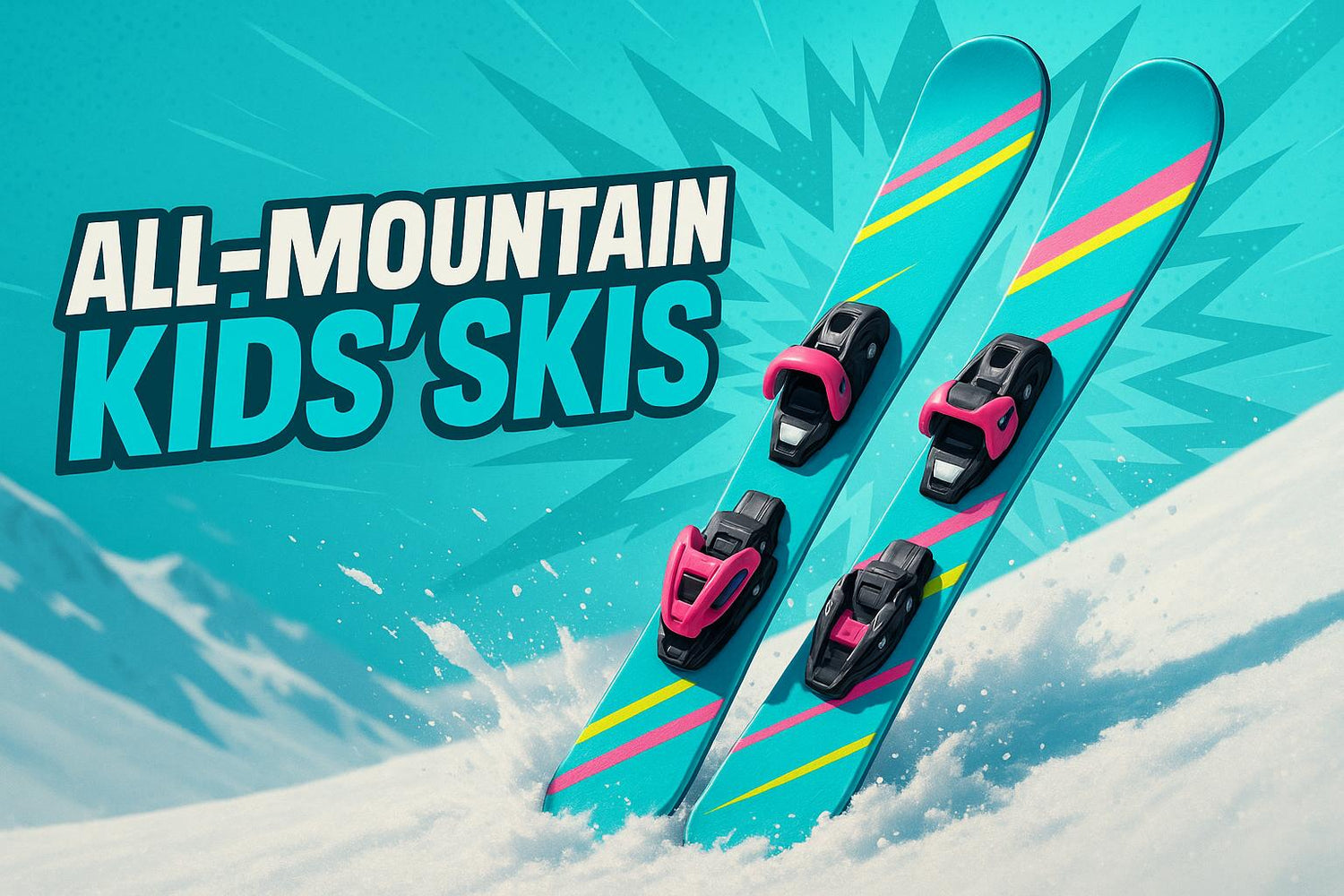
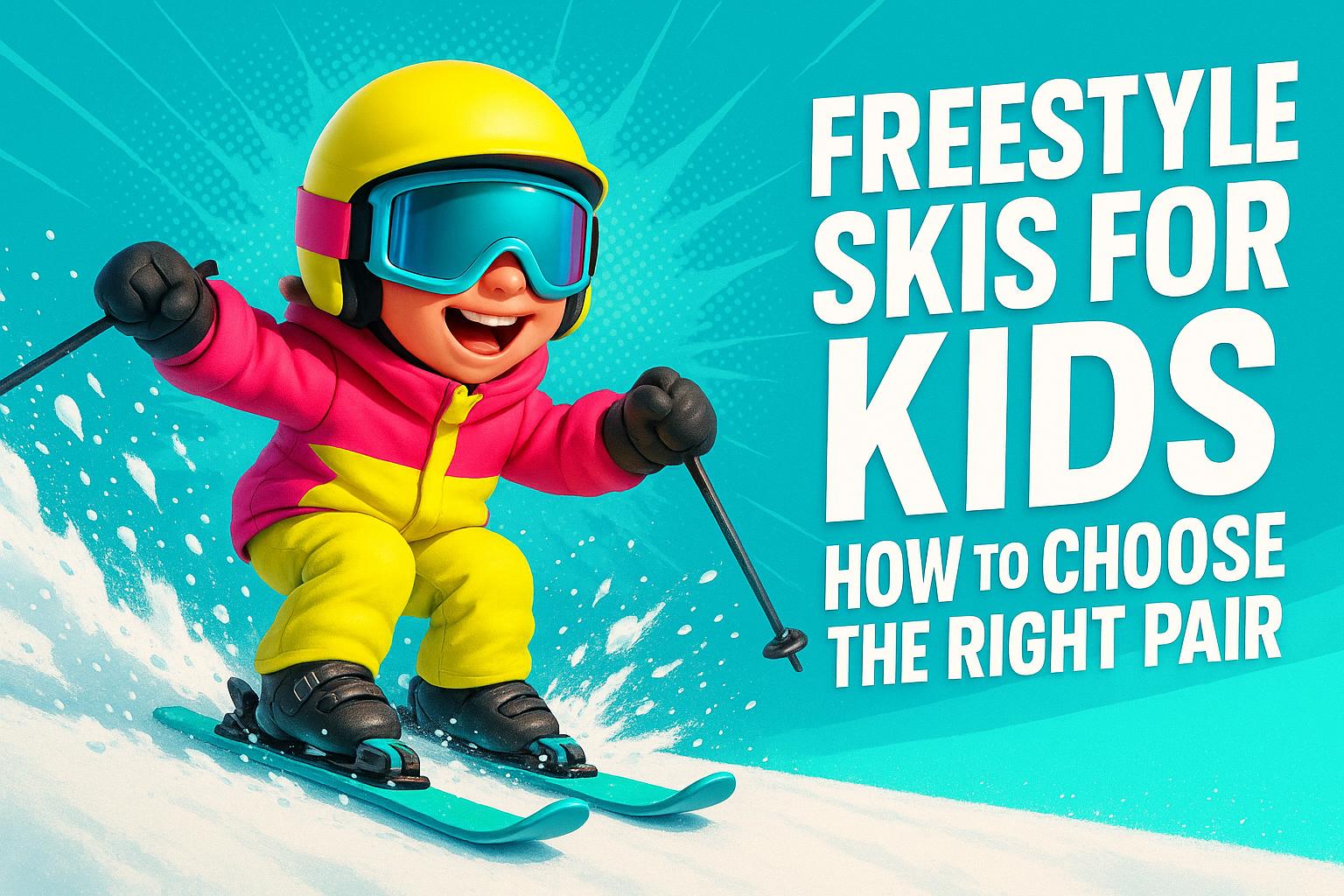
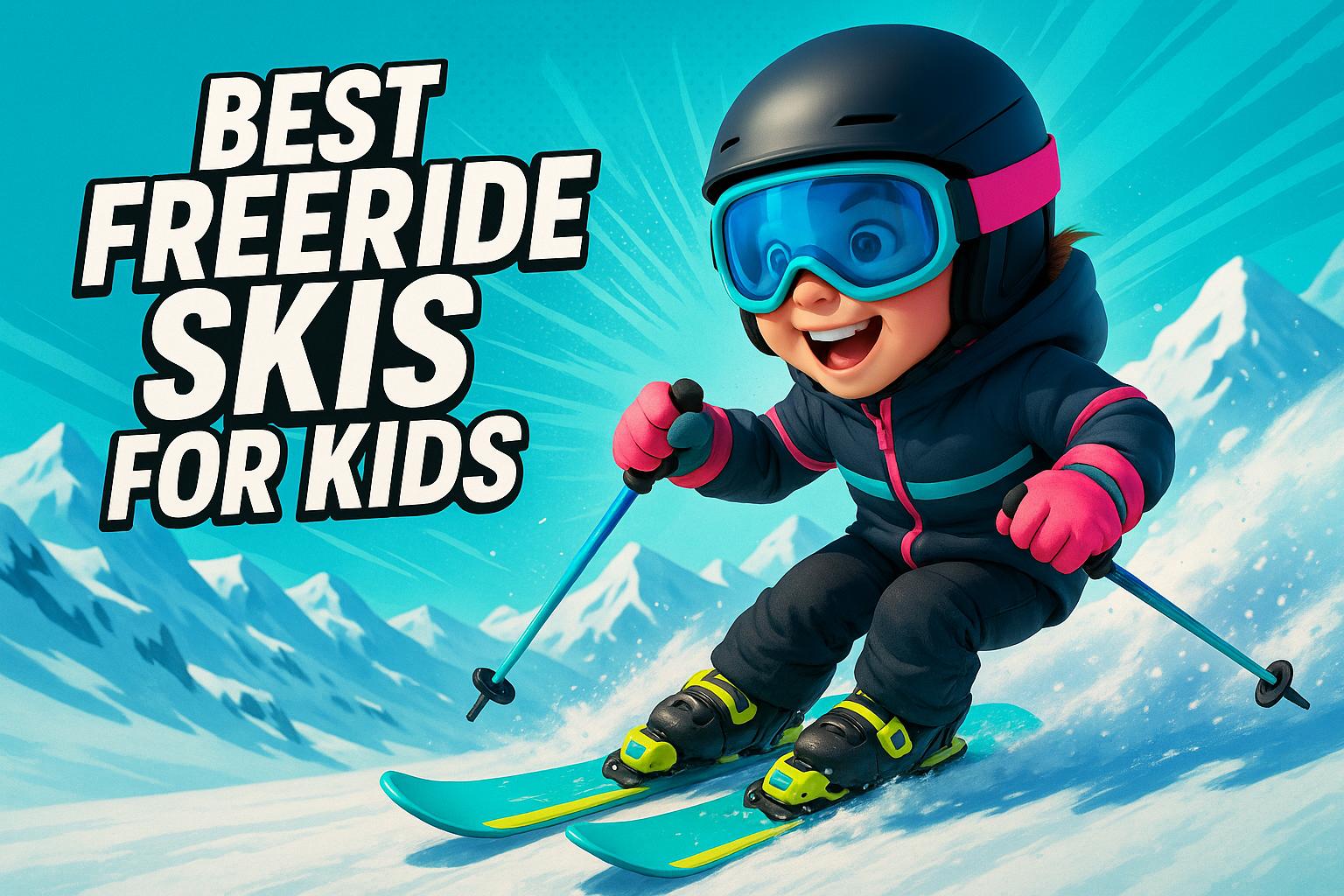
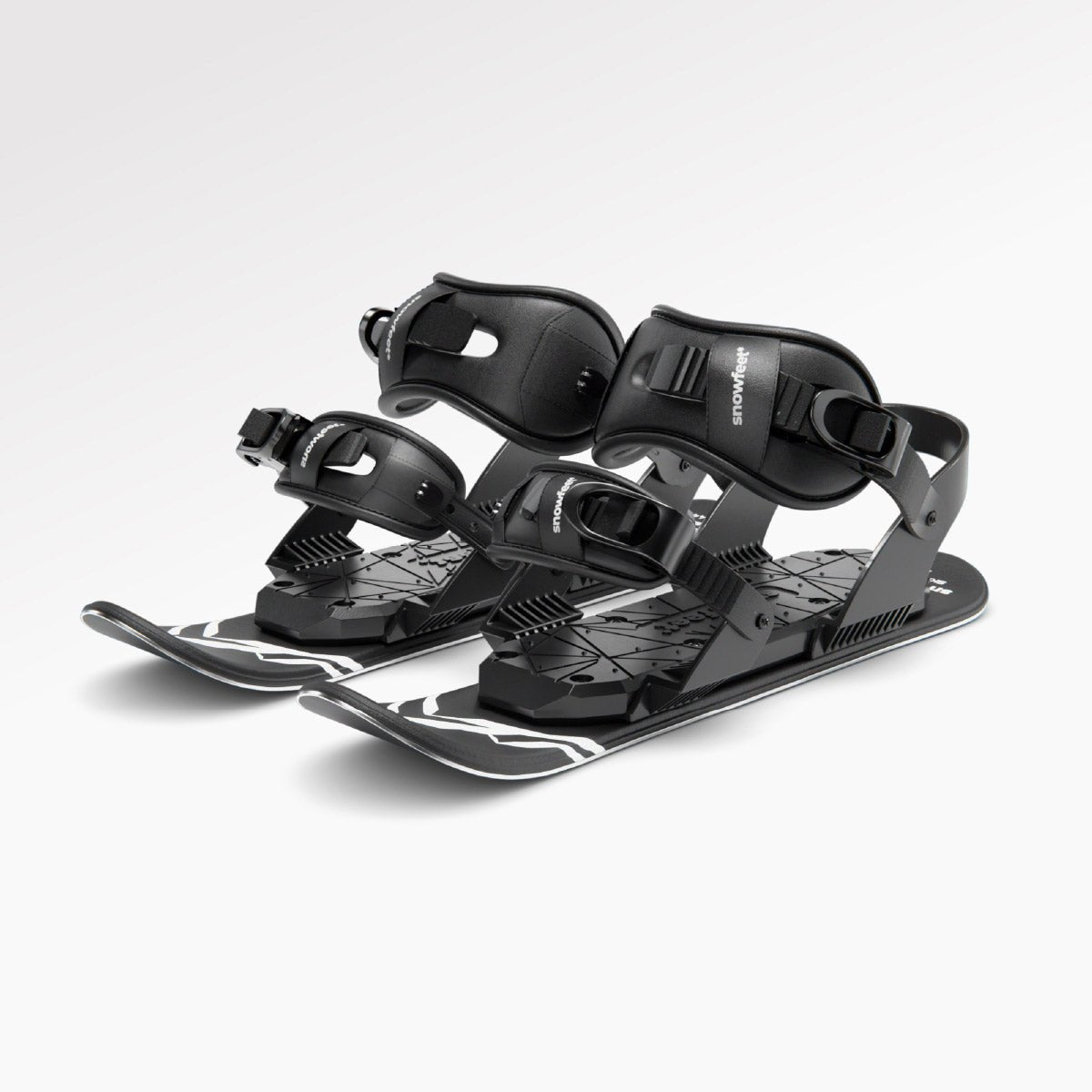

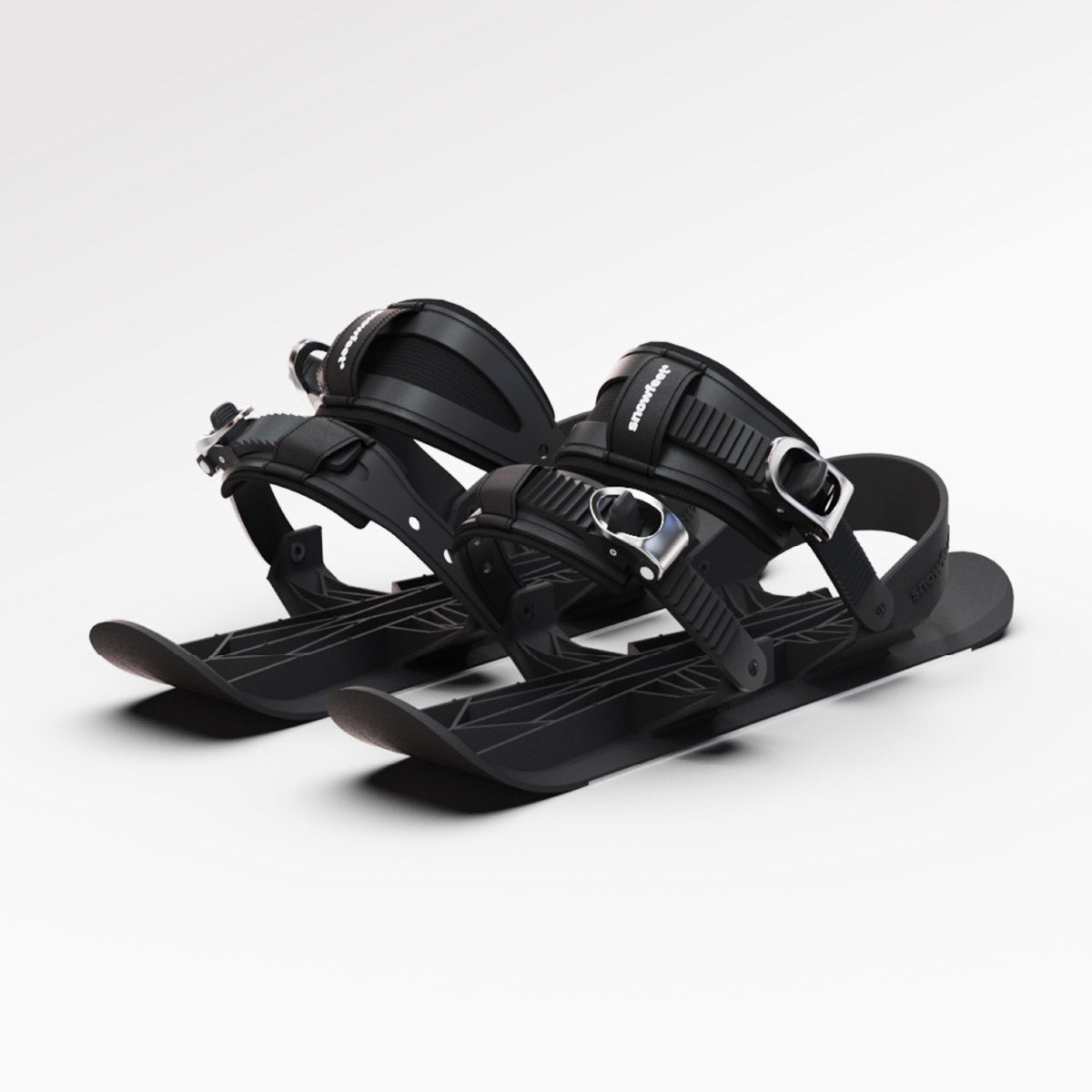
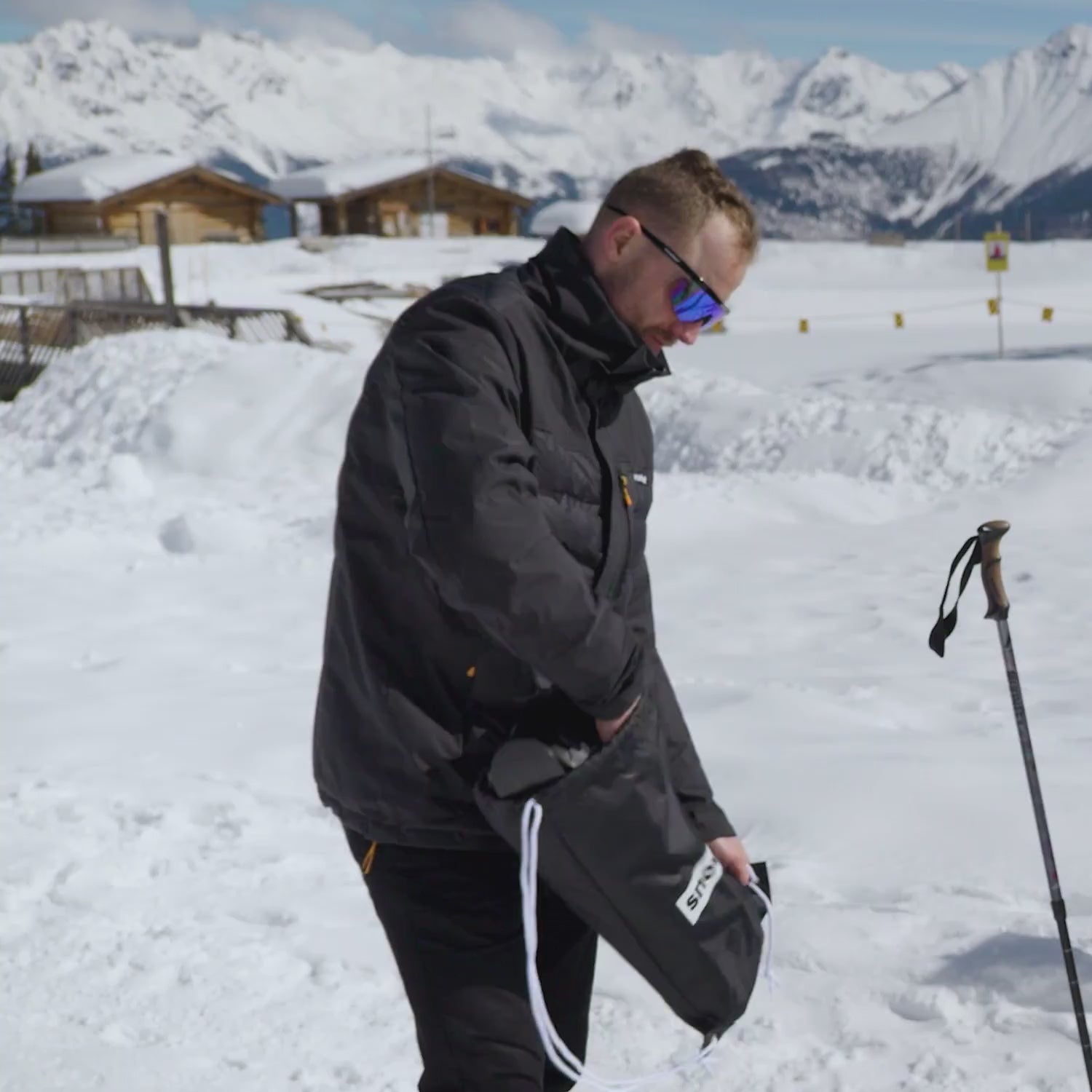
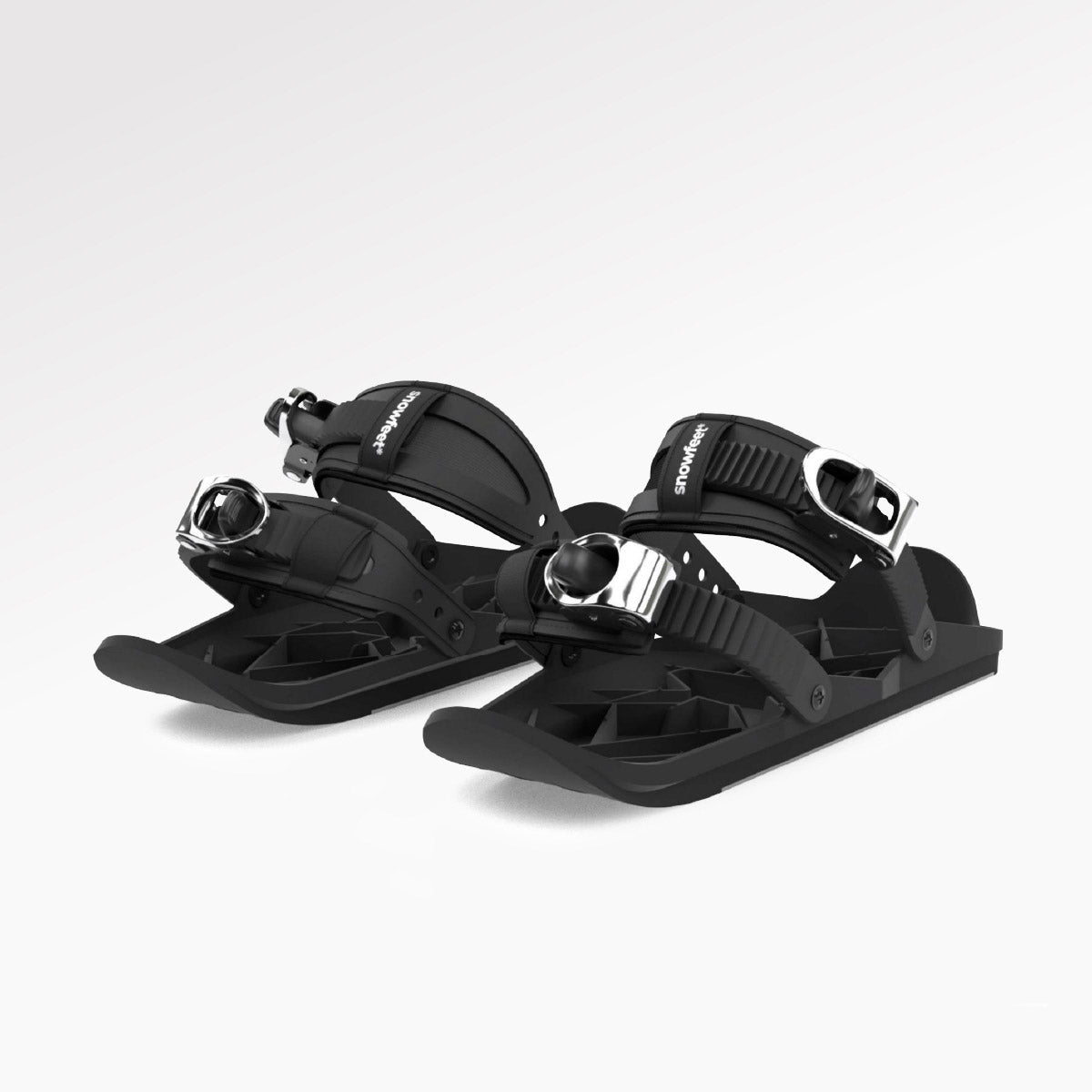
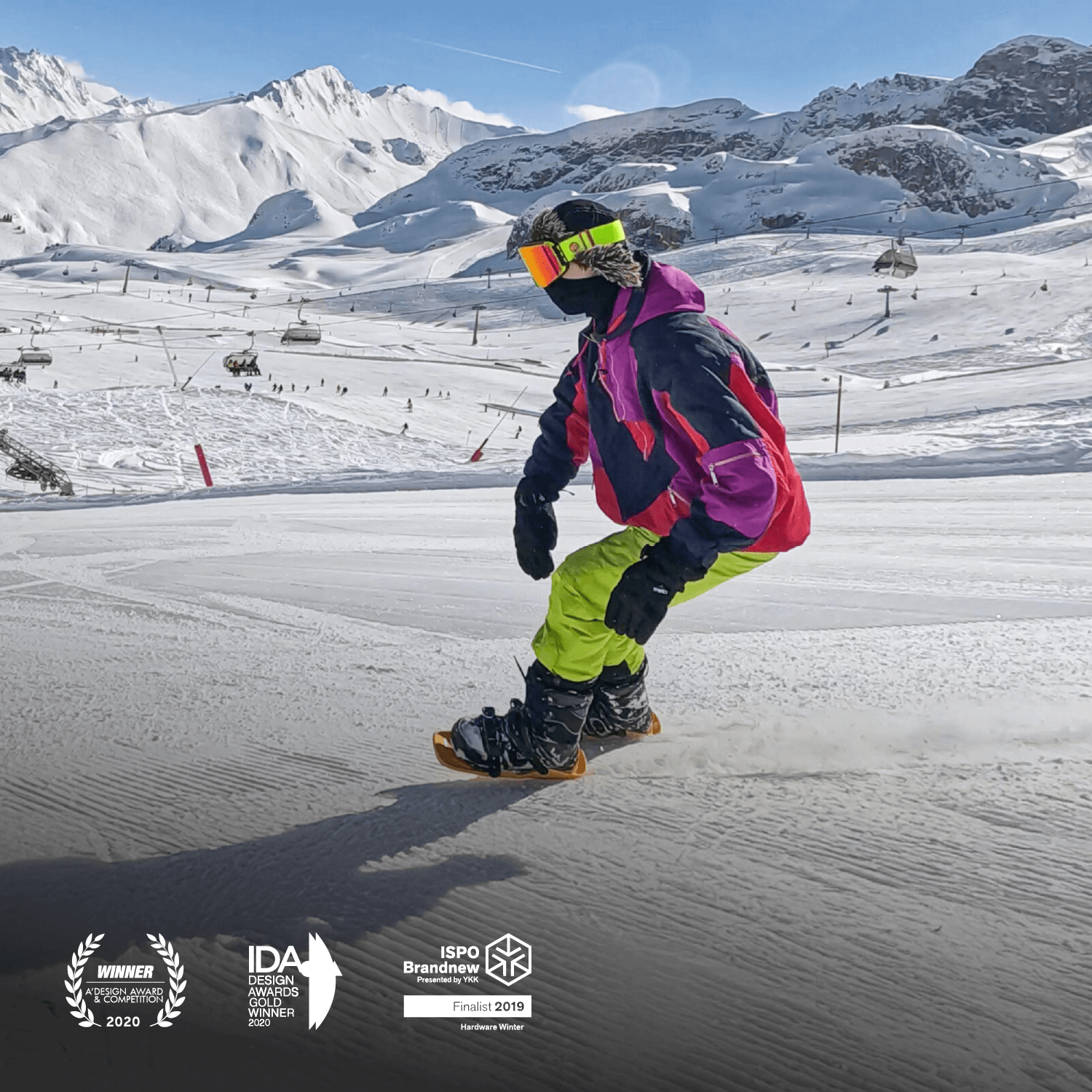

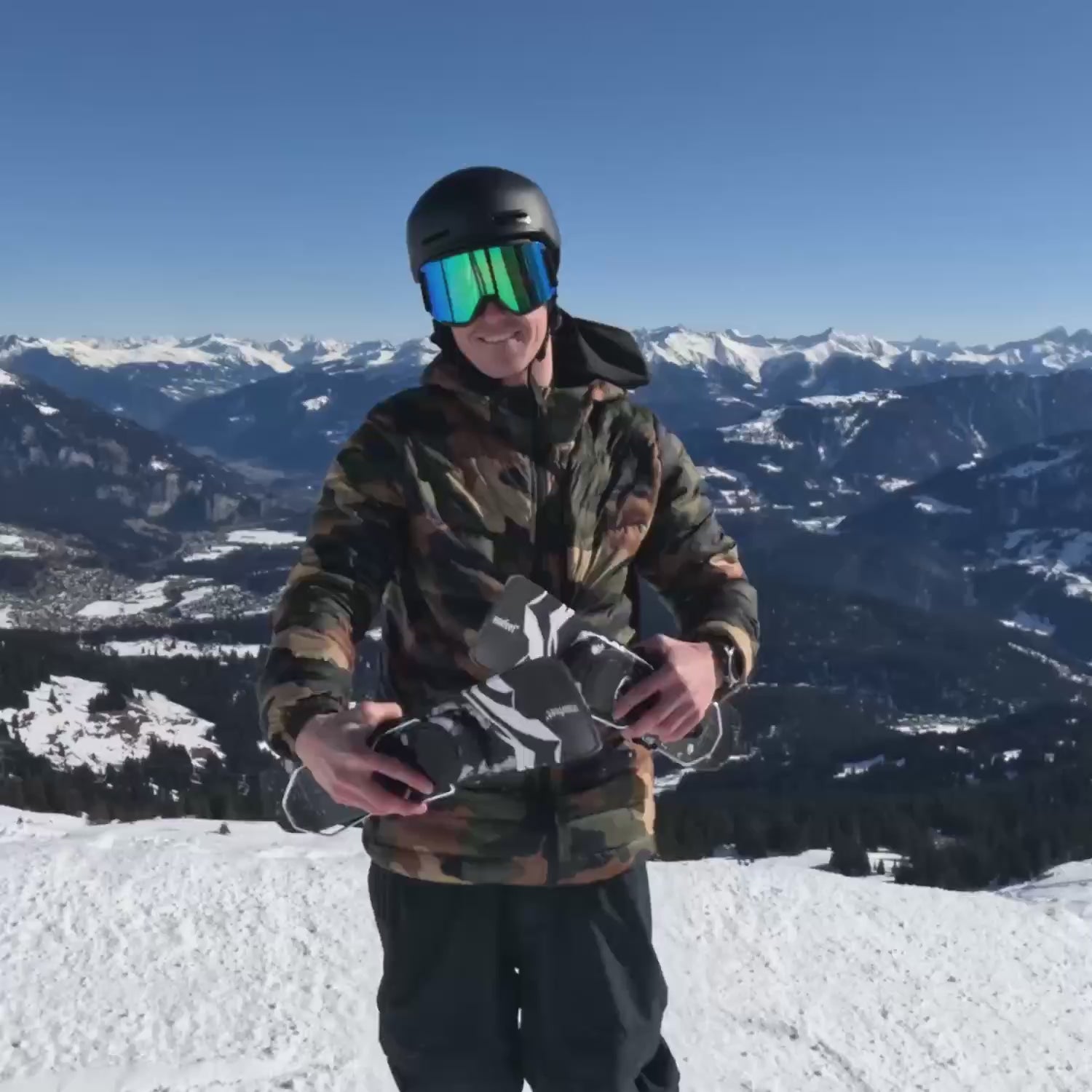
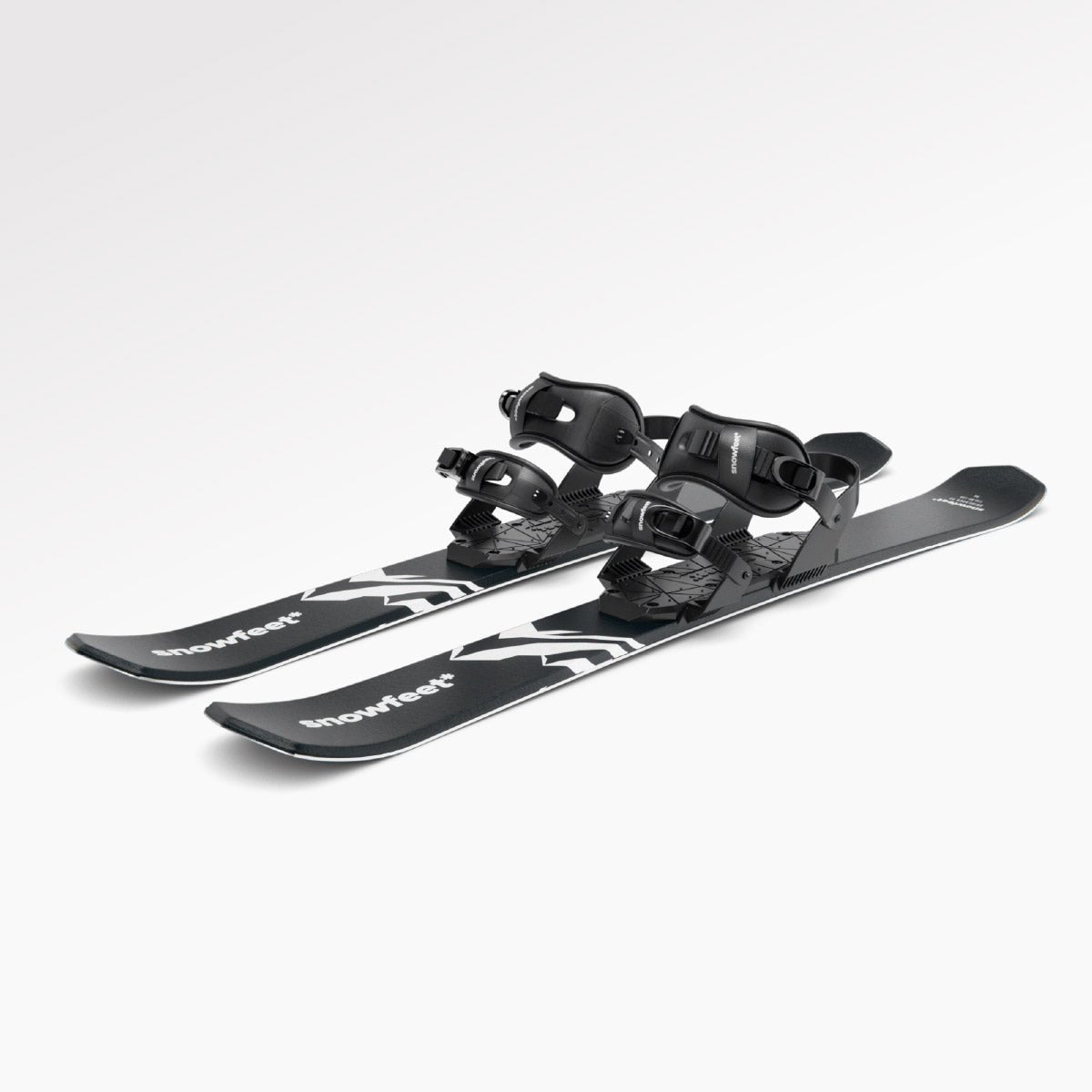
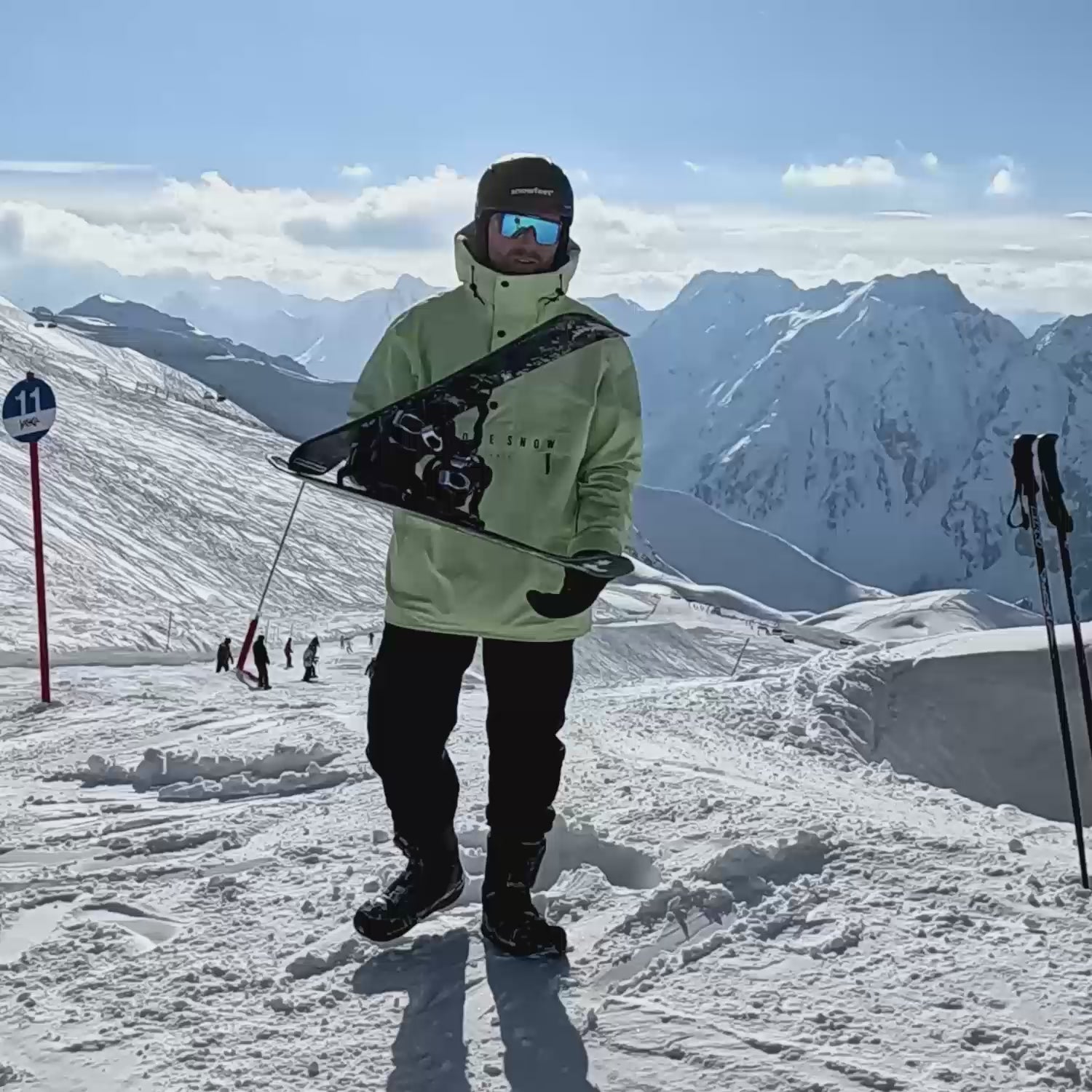
Deja un comentario
Este sitio está protegido por hCaptcha y se aplican la Política de privacidad de hCaptcha y los Términos del servicio.